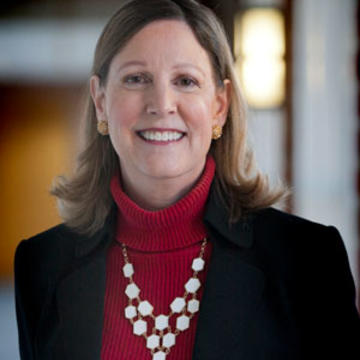First Lady: The second hardest job
The role of the president's wife has looked different in every administration
[Read the full article at History.com]
The photos of First Ladies Hillary Clinton, Laura Bush, and Melania Trump paying respects to Barbara Bush at her funeral remind us that there are many ways to be a modern first lady. Sometimes they perfectly reflect the times we live in; sometimes they are way ahead of their time; and sometimes they lag behind progress women are making in society.
In other words, people admire them or revile them. But they are expected to be a presence on the national and international scene no matter the buzz about them.
From the very first presidency, Martha Washington revealed that presidential spouses would play some role in the public life of America’s chief executives. George Washington decided that his wife should preside over a “drawing room” reception each Friday evening at the president’s residence, then located in New York, where she would greet men and women who came to meet her husband. The Washingtons also hosted weekly dinner parties for government officials and foreign dignitaries.
Dolley Madison perfected the art of presidential entertaining in the early 1800s, making the incommodious aspects of the new capital, Washington, DC, more tolerable and uniting political opponents around convivial soirees over which she presided in fashion-setting dresses and head-pieces that included dramatic feathers.
Mary Todd Lincoln’s stylish wardrobe was a source of journalistic gossip, and her extravagant taste in clothes and White House furnishings (particularly in light of national sacrifices during the Civil War) embarrassed her frugal husband.
Eleanor Roosevelt attracted opprobrium for her unprecedentedly active political role in FDR’s 12-year presidency. Given the physical constraints he faced from polio’s aftereffects, she served as his surrogate while traveling the globe, collecting observations that she shared with the president. But Eleanor had her own, often more liberal, social agenda, and, if conservatives hated “that man” (as they called the president), they may have despised the first lady even more.
Following Mrs. Roosevelt’s very active and controversial first ladyship, Bess Truman, Mamie Eisenhower, Jackie Kennedy, Lady Bird Johnson, and Pat Nixon resorted to a more traditional model of what political scientist Robert Watson labels “supportive spouses/model wives,” a perfect match for post–World War II era domesticity. With the exception of Mrs. Johnson, who extensively campaigned for LBJ and worked on beautifying America as part of her public policy project, these first ladies were content to host social events and stand behind their men.
